Why Are My Floors Squeaking, and How Do I Fix Them?
Topic:
Remodel Old Home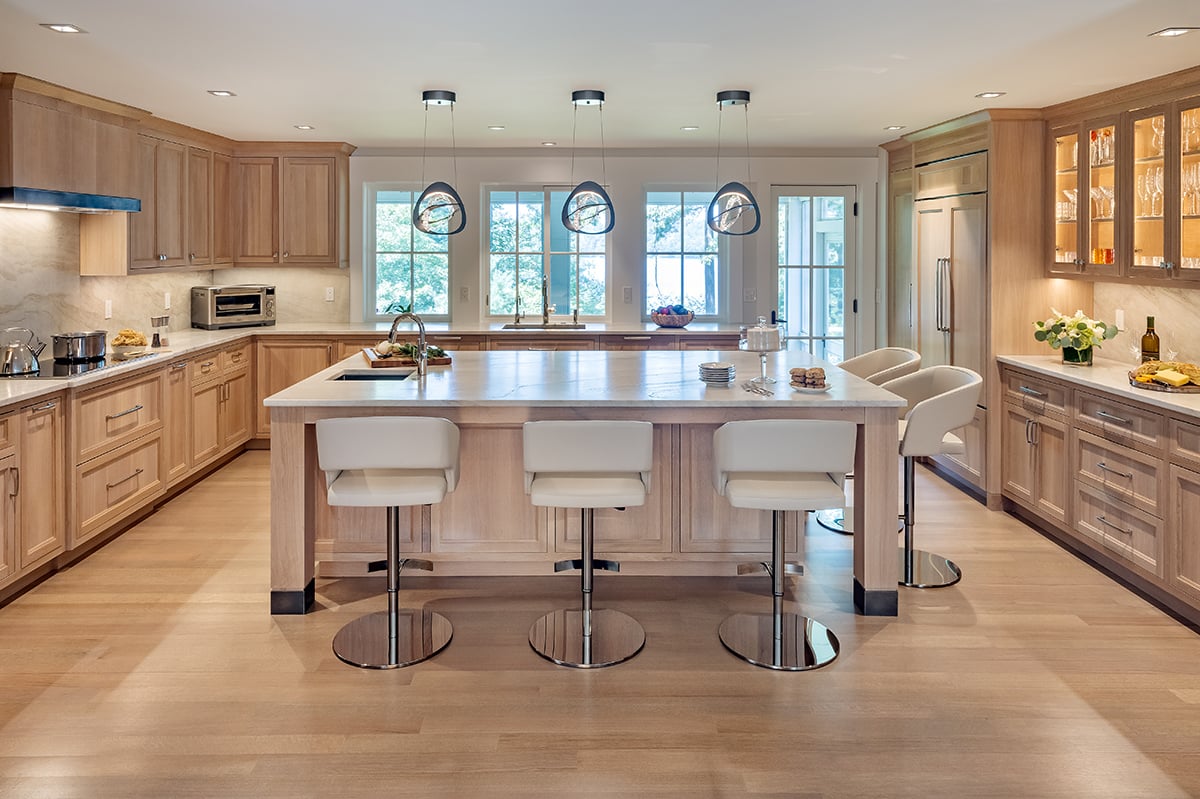
You are just trying to sneak downstairs for a midnight snack, and the floors in your home give away your exact location! At first there was just that one spot in the upstairs hallway, but over the years, it seems like everywhere you step there is a squeak.
Squeaky floors can be very annoying (unless you want to be alerted when your teenager is returning home after curfew.) Whatever floor covering you choose — hardwood, laminate, tile, carpet — it can be susceptible to that unwanted sound. Why is it happening and what can you do to fix it? Let’s dig into the details.
Common Causes of Squeaky Floors
Squeaks in flooring are often not about the floor covering. The sound is usually a symptom of the sub-flooring as it becomes loose from the framing. Many times in older homes, especially in homes built prior to the 1980s, smooth nails (instead of ring shank nails) were used to attach plywood or planks to the floor joist. Without the right nails and the right number of nails per foot, the sub-flooring can become loose over time.
Typically, plywood was always used in subfloors on homes up until the 2000’s. More recently, builders have gravitated toward OSB (oriented strand board) underlayment. When first introduced, it was considered inferior to plywood, but is now understood to be a better choice. This product is more stable than plywood and works better with the new polyurethane adhesives used to secure subfloor to joists. Of all the OSB materials available, we have found Advantech to be the highest quality.
Besides old plywood, planks, or loose nails, a lack of construction adhesive can be another culprit to blame for the squeak in your floors. Without proper adhesive on floor joists, the sub-flooring is just floating.
Other times, a hardwood floor has not been nailed down properly, and is the cause of the noise. If there is severe creaking, the floor joists should be inspected for damage or failure.
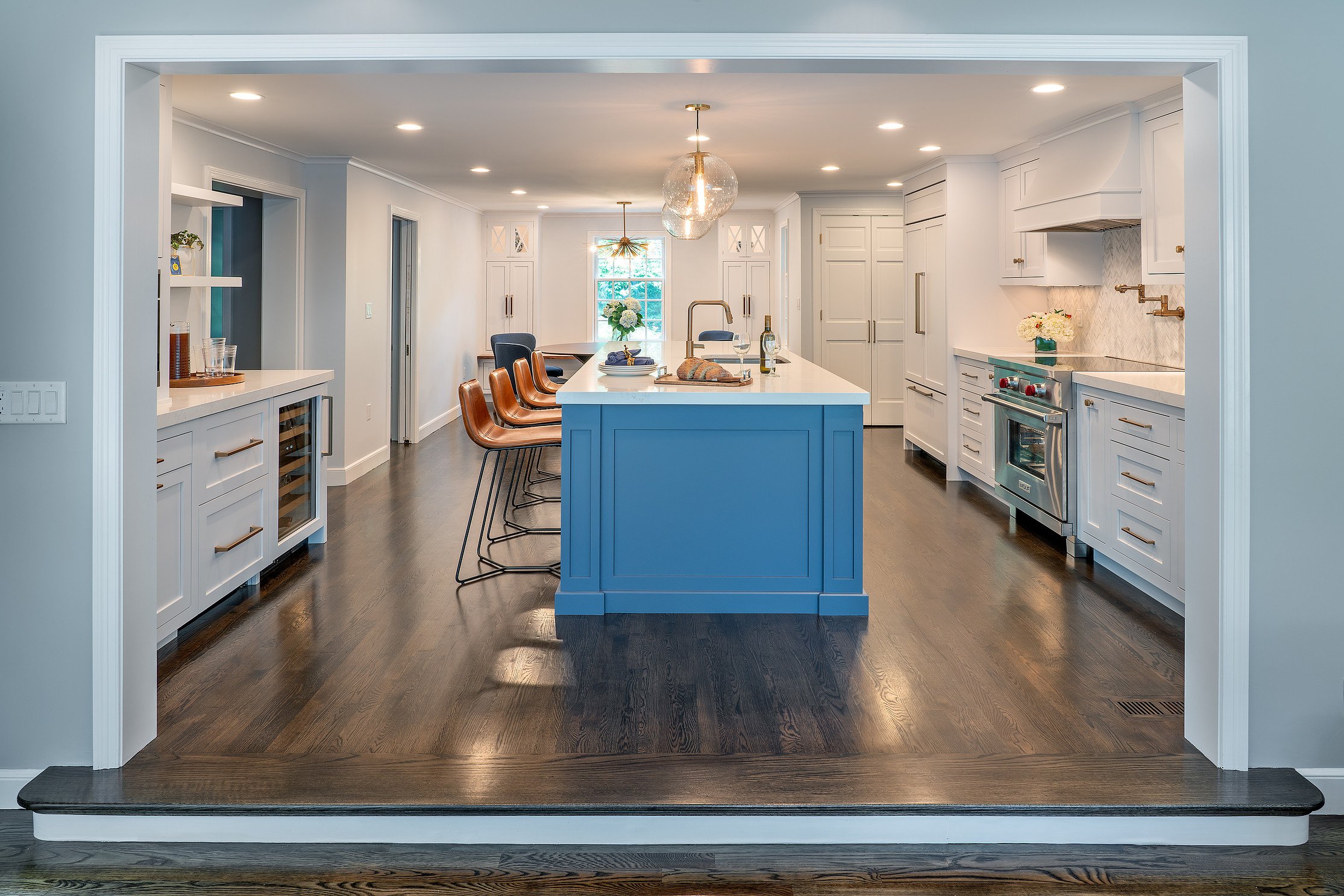
How Can We Fix Our Squeaky Floors?
First, you need to isolate the location of the squeak. This can be done by standing on the floor and rocking back and forth over the area, then marking it with tape. If the squeak is on the first floor and the basement is not finished, you can go into the basement and have someone upstairs rock back and forth and see where nails or screws might have missed their mark. If the basement ceiling is finished, or if the squeak is on the second floor, the process is going to involve removing portions of the ceiling. This might be the point where you want to call in a framing and flooring professional.
If you can access the subfloor, one fix is to attach new framing members. When you know the location of the noise, you can add good adhesives to a new framing member, place it next to the existing framing member and screw it into place.
Also check for cracking or splitting of joist members. If the span is too great it could be sagging in the middle of the floor. Sagging is caused by deflection in the floor joists, a difference in height at different spots in a room’s flooring. When the floor is not level, you get movement, and when you get movement, you get squeaks.
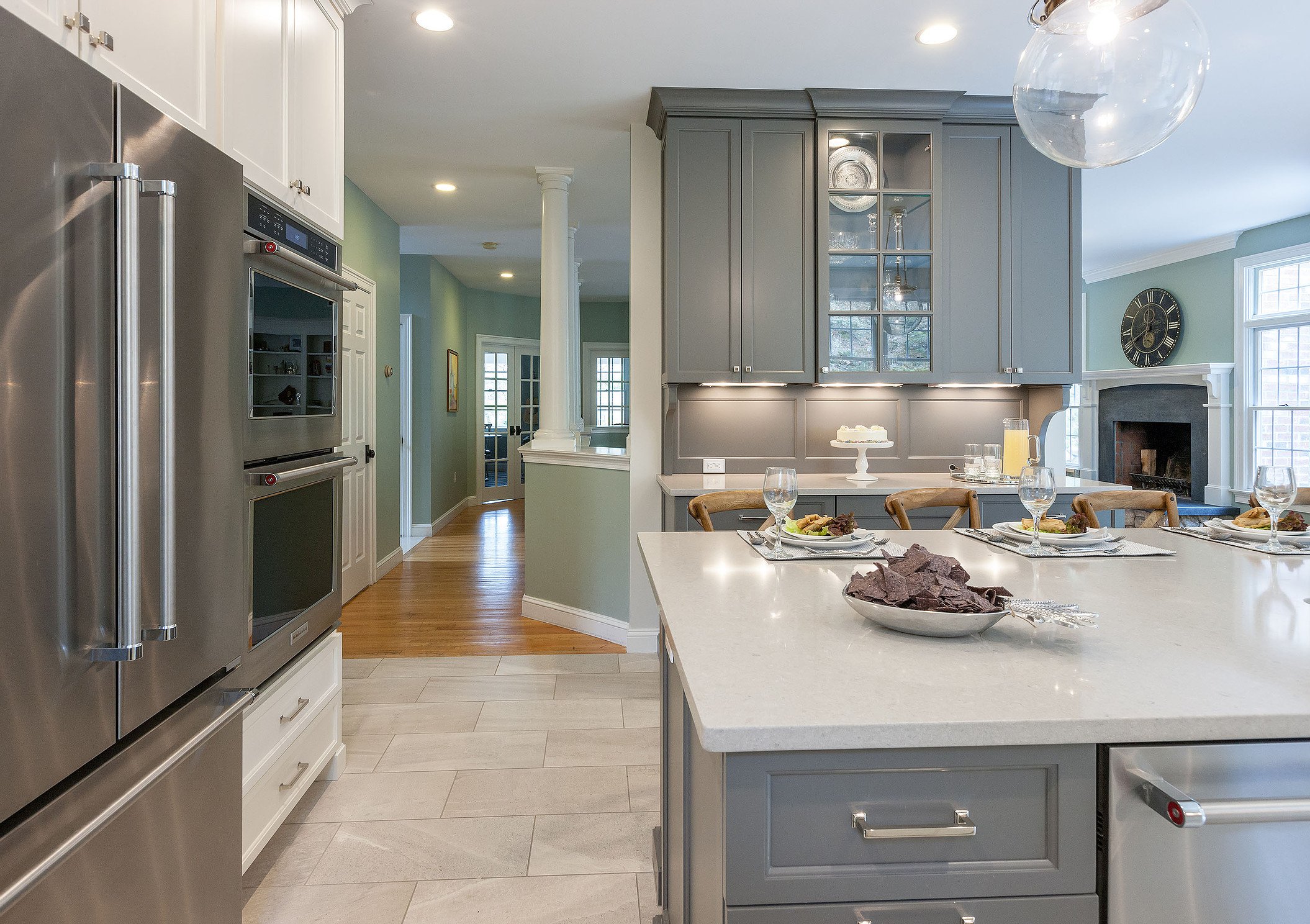
Preventing Squeaky Floors During and After a Remodel
A home renovation is the perfect time to tackle squeaky floors at the root cause. You can replace plywood or planks that were used in older homes with OSB, use proper fasteners, and good adhesive on the floor joists. That should eliminate squeaks. The nailing pattern should be a minimum of six inches on center along the floor joist.
Here are some tips on preventing squeaks with specific flooring types.
Hardwood
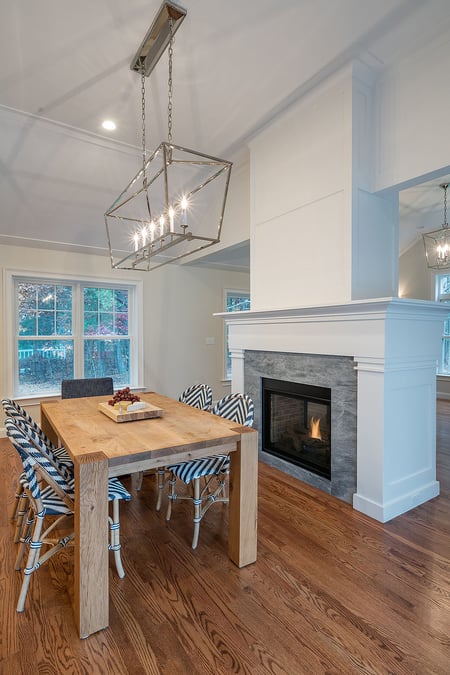 If the subfloor is in good condition to start with, we walk the floor and fix any minor squeaking we find, using shank nails across the floor with an aggressive nailing pattern. If the floor covering will be hardwood, especially on the first floor, we use synthetic roofing paper across the floor under the hardwood. This acts as a moisture barrier and quiets any movement. Basements, especially unfinished basements, will have moisture. Hardwood floor needs a consistent moisture content, so the moisture barrier is an important step.
If the subfloor is in good condition to start with, we walk the floor and fix any minor squeaking we find, using shank nails across the floor with an aggressive nailing pattern. If the floor covering will be hardwood, especially on the first floor, we use synthetic roofing paper across the floor under the hardwood. This acts as a moisture barrier and quiets any movement. Basements, especially unfinished basements, will have moisture. Hardwood floor needs a consistent moisture content, so the moisture barrier is an important step.
Luxury Vinyl Plank
Luxury vinyl plank (LVP) and luxury vinyl tile (LVT) have become very popular alternatives to traditional hardwood flooring. They are floating floor systems with similar preparation to hardwood flooring, with the vapor barrier in place. With LVP, it is important to avoid bowing and cupping of the material, so starting with a level surface is crucial. The flooring will sit flat and there should be no squeaks.
Tile
Tile flooring requires a unique layer between the subfloor and tile called a decoupling membrane, Schluter makes one of the best tile underlayment systems and it is our recommended choice for all tile projects. The membrane isolates the finished floor from the subfloor underlayment, eliminating movement between the two. When you do not deal with the movement in tile you then get cracks in tile and the grout.
Carpet
When installing a new carpet, underlayment between subfloor and flooring again is important. If you are using a wool rug, then you would use a more solid underlayment. The underlayment is selected by the rug type. There are different standards of foam underlayment which are specified by the density.
Squeaking floors can have several sources, but when you isolate the source, you can focus on the solution. An experienced home remodeling contractor can deliver the most professional results to mitigate annoying squeaks.
Learn more about what you need to make your older home remodeling project a success by downloading our free ebook, The Top 12 Things to Know Before Remodeling an Old Home.


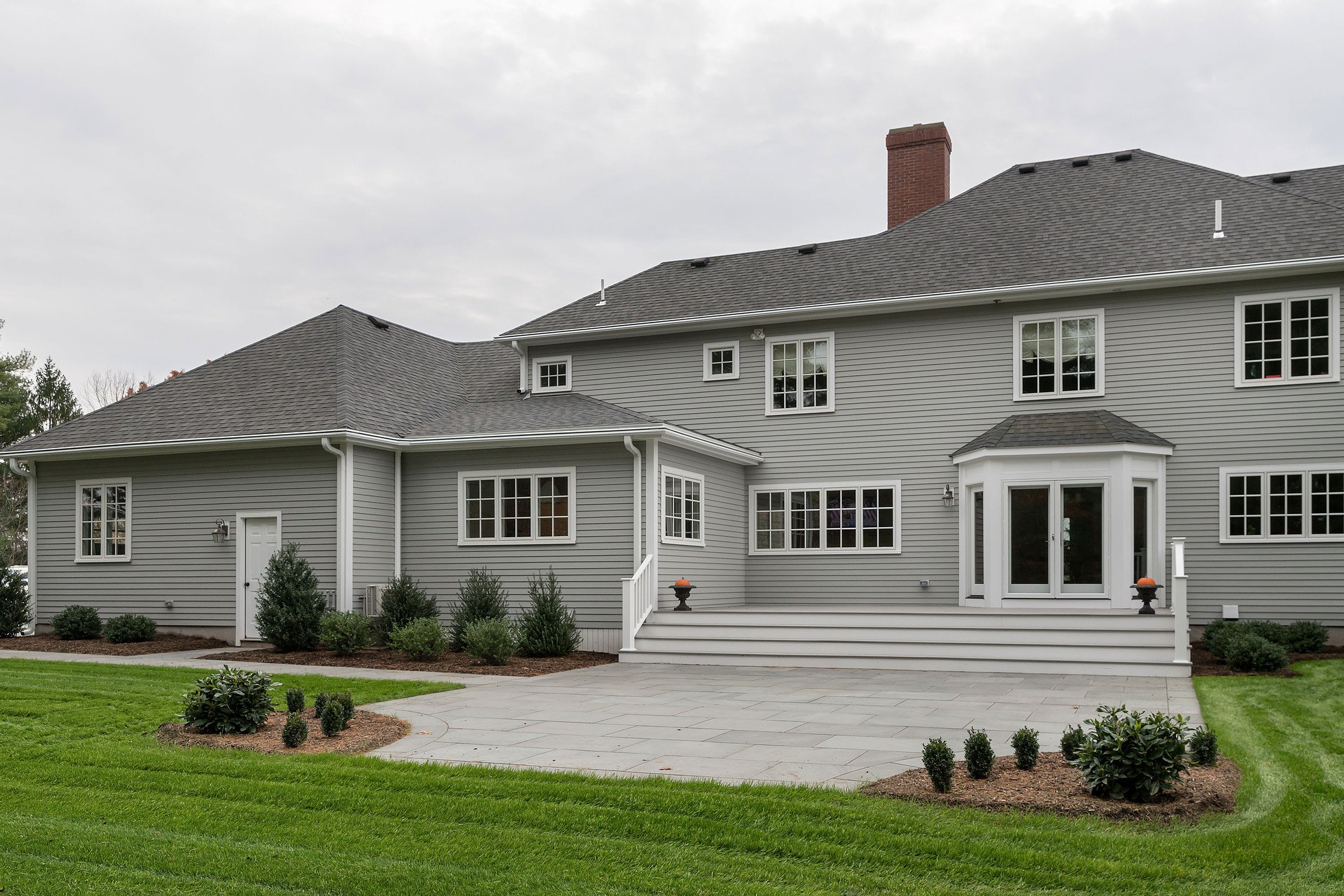
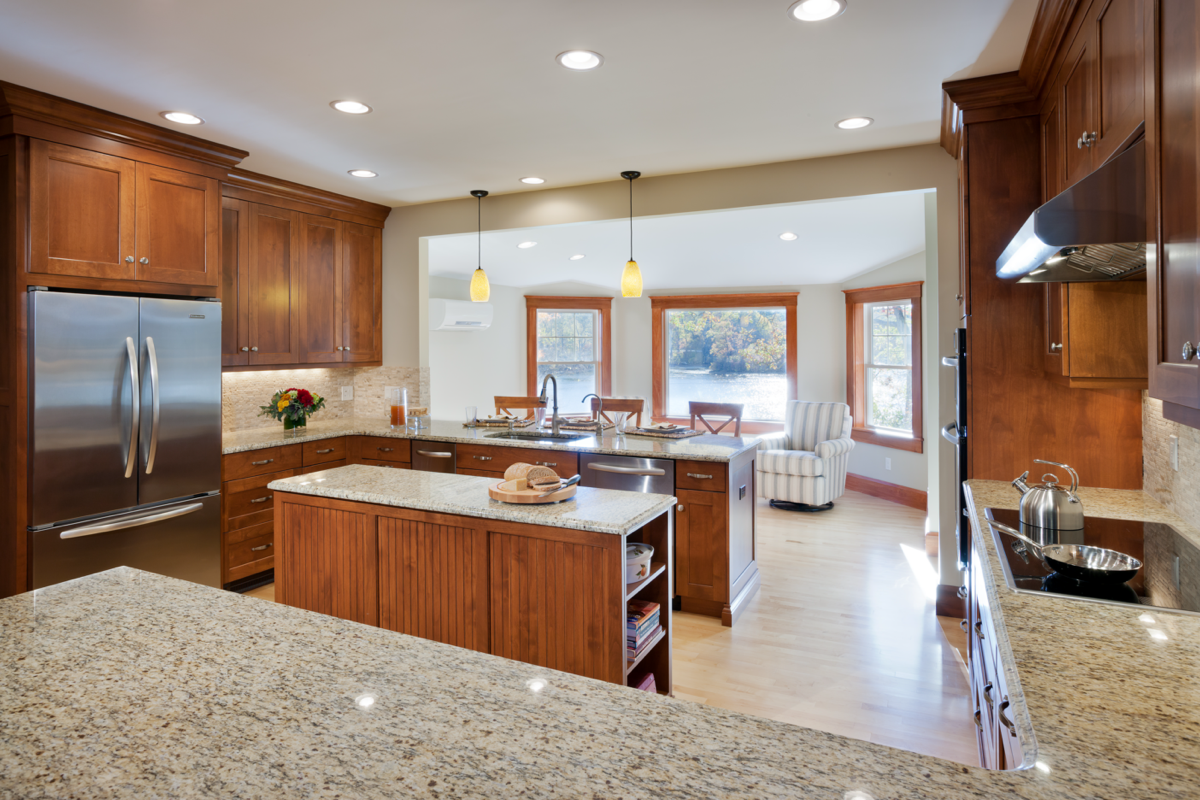
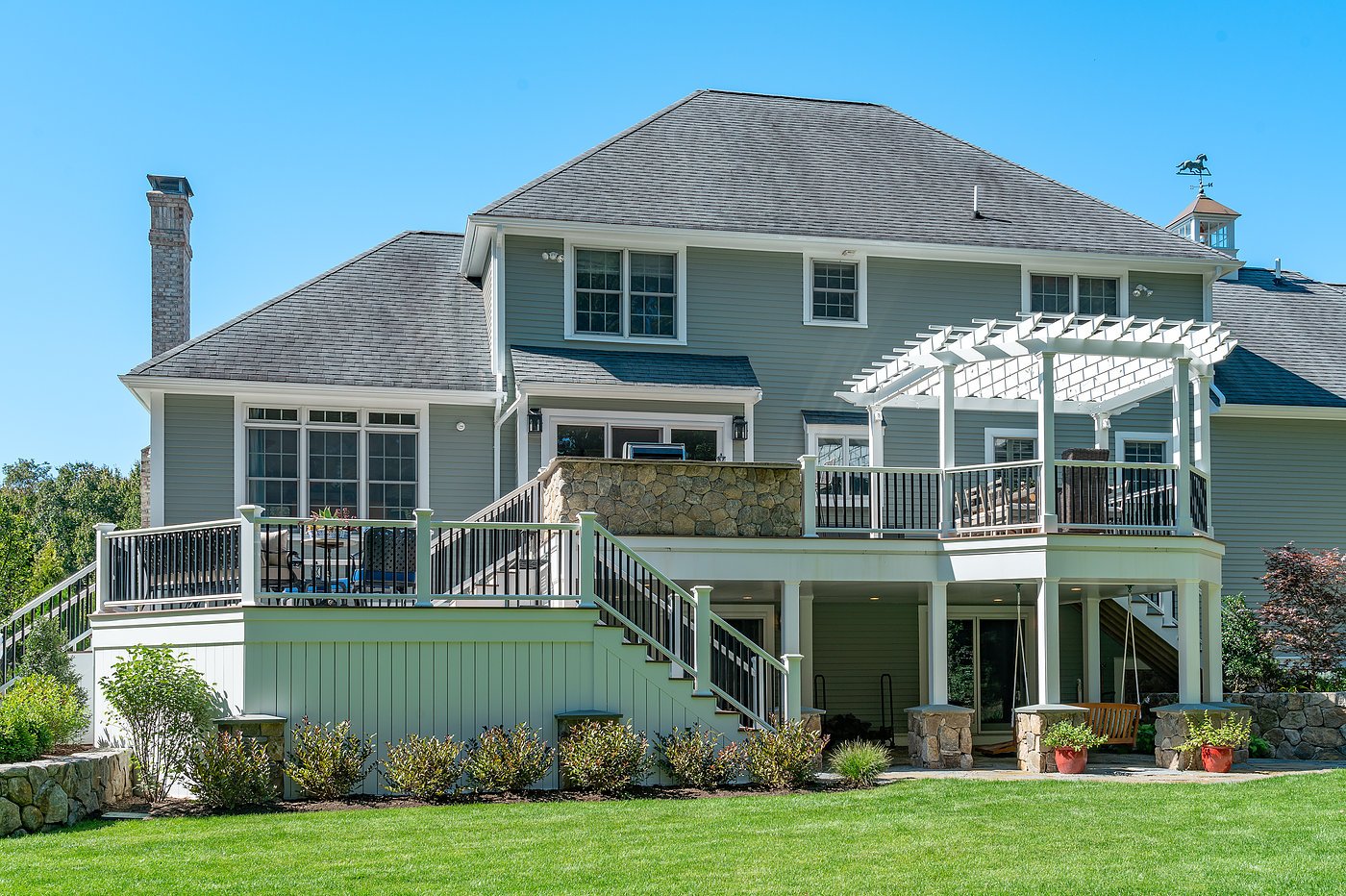
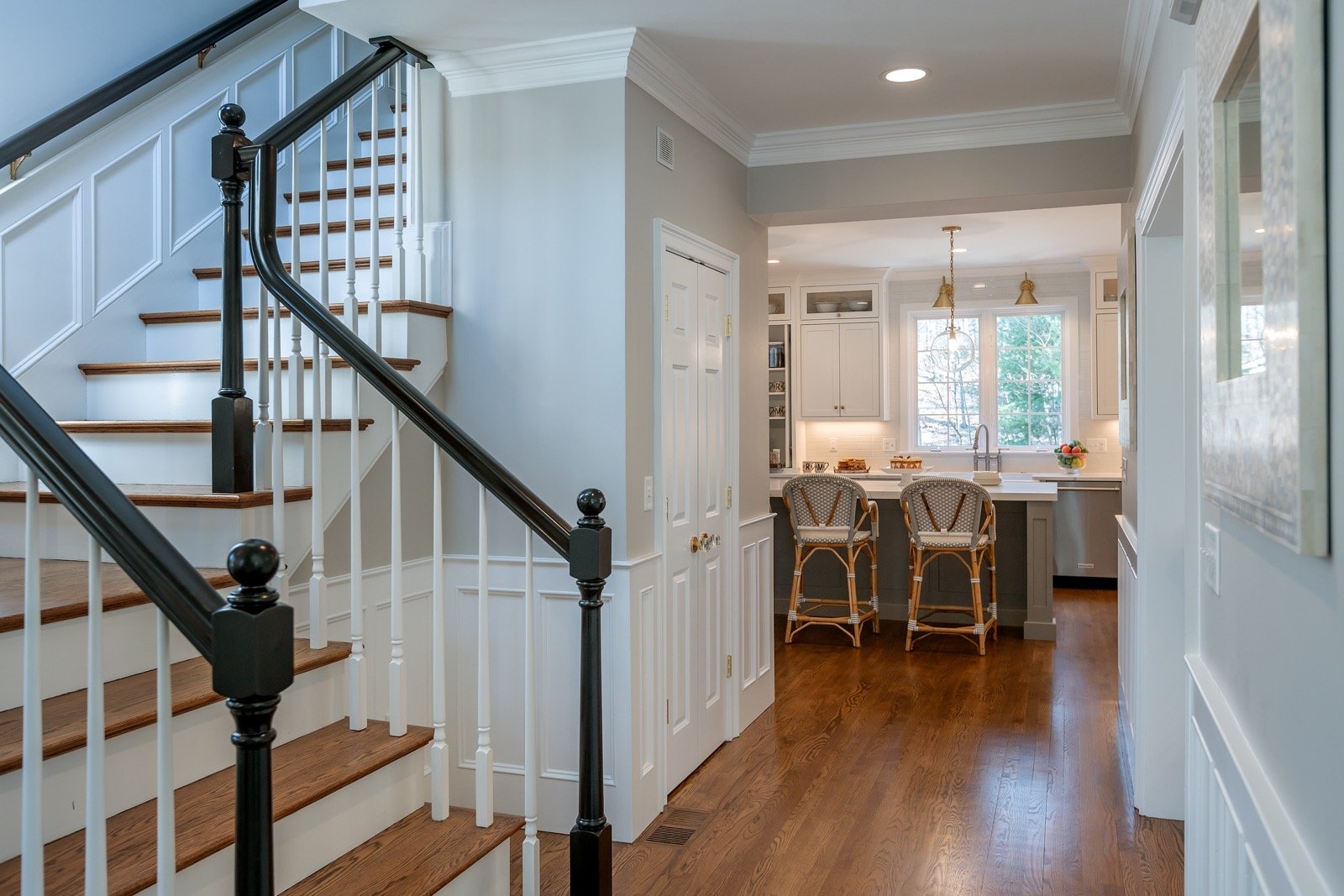
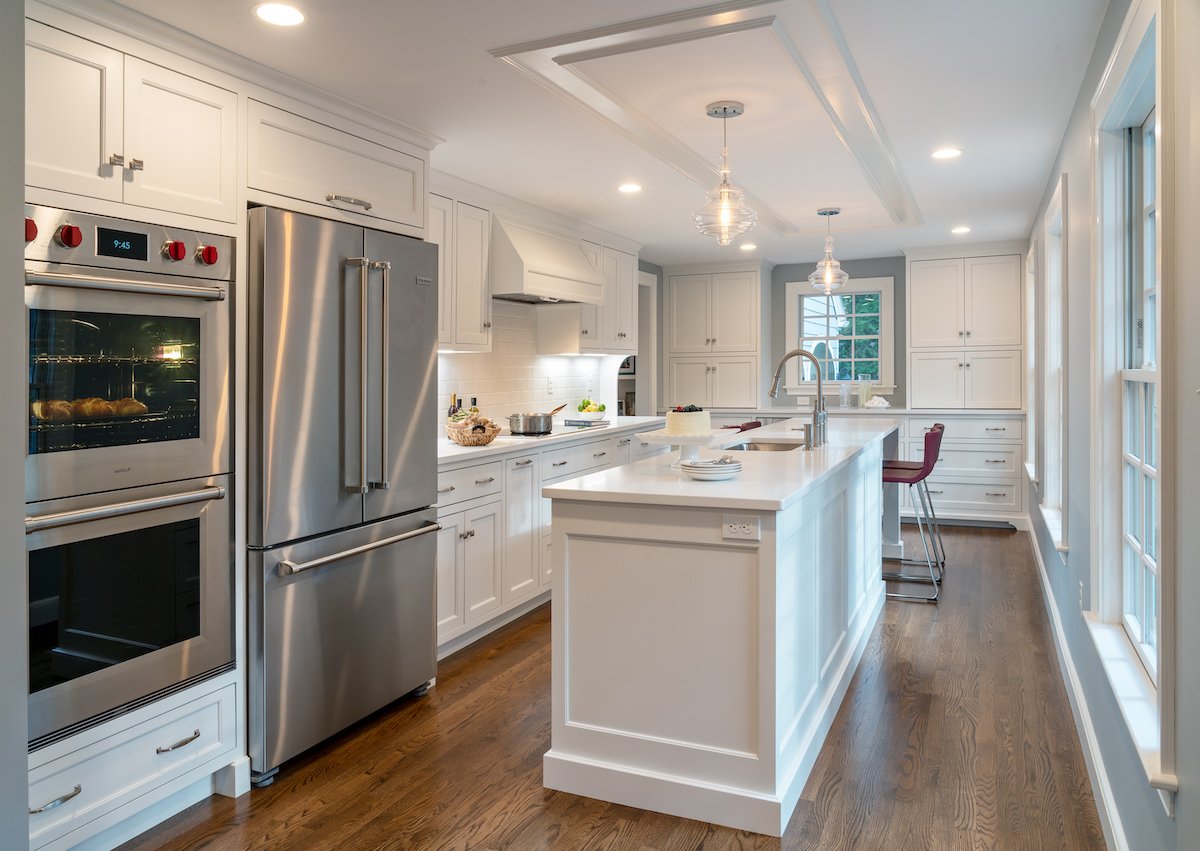
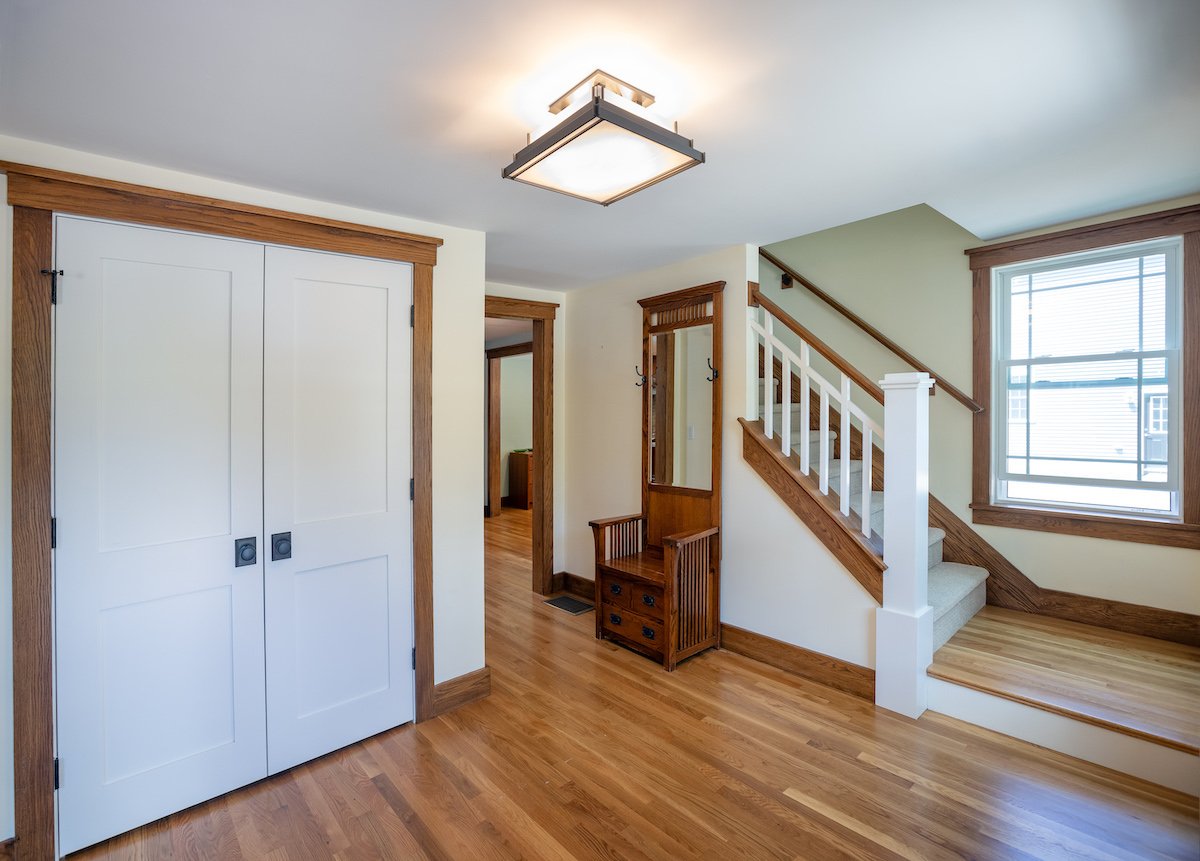
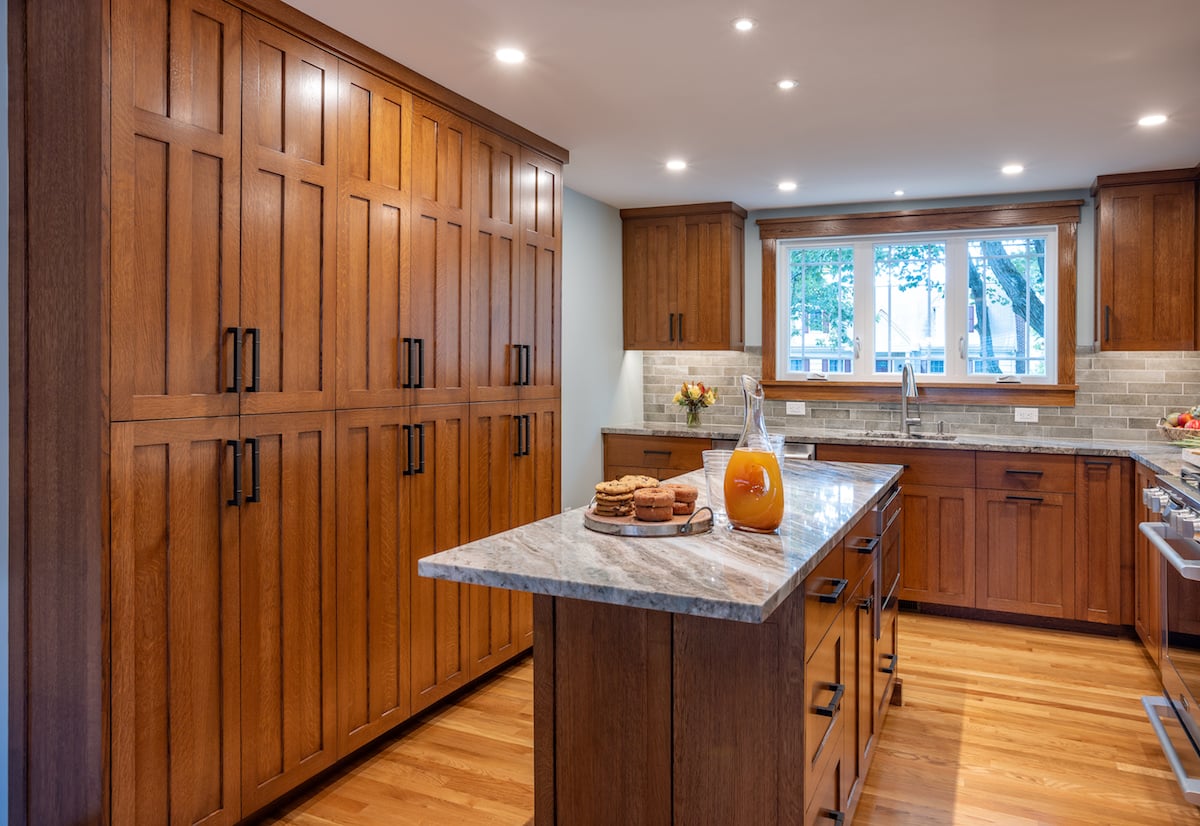
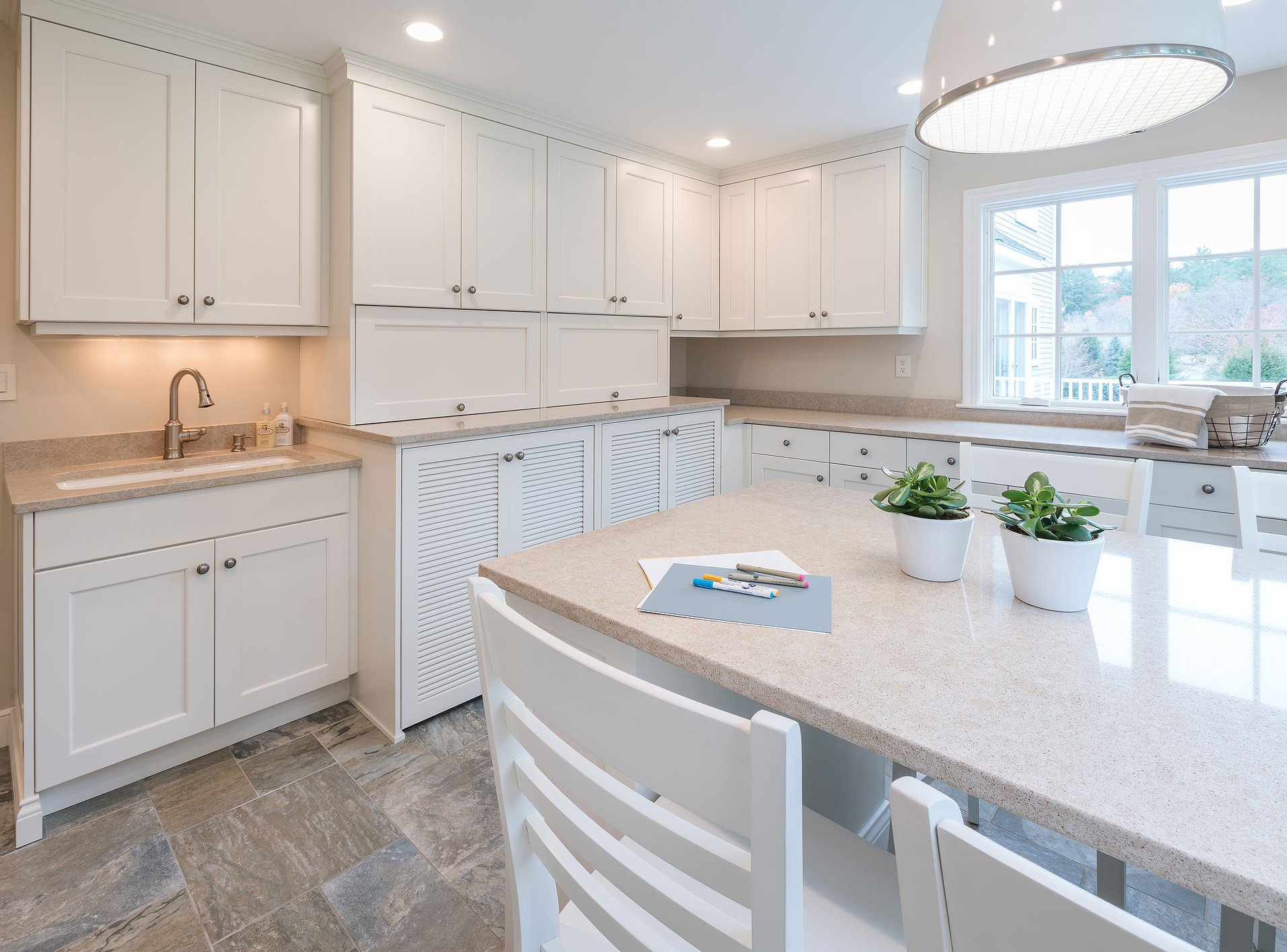
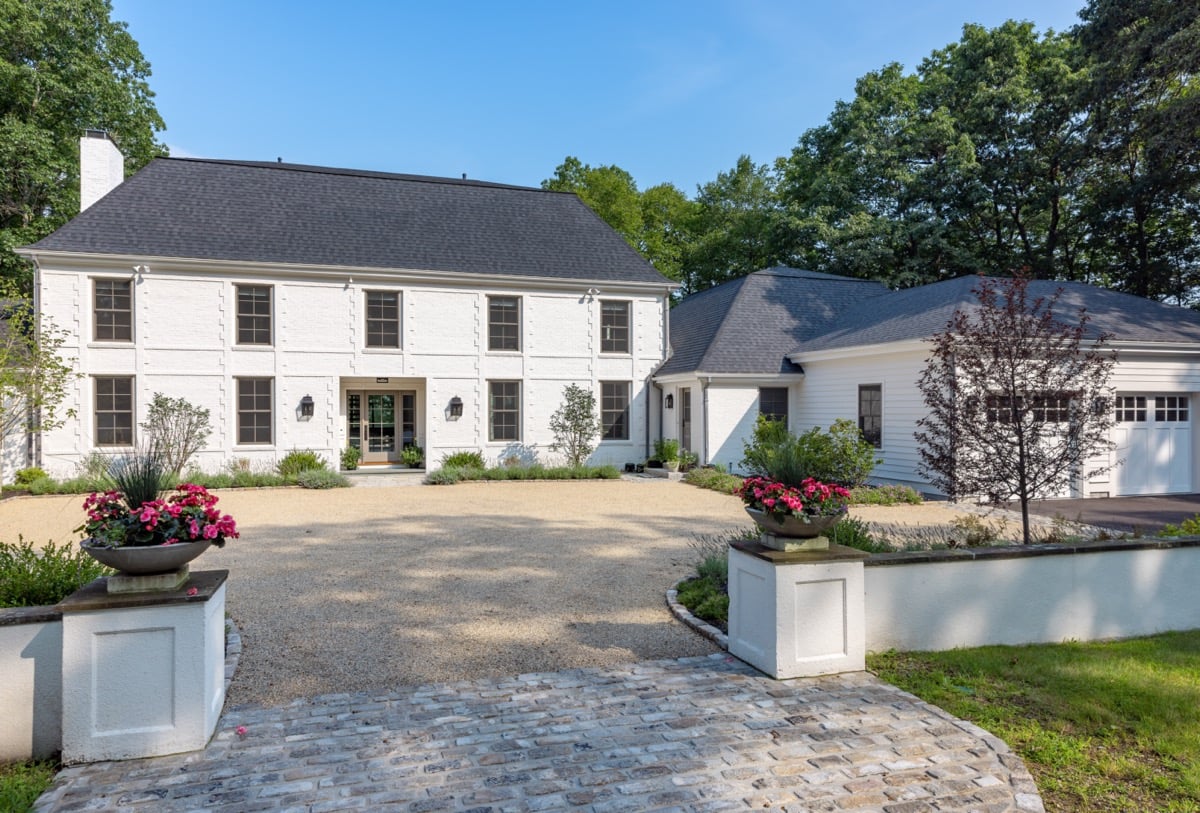
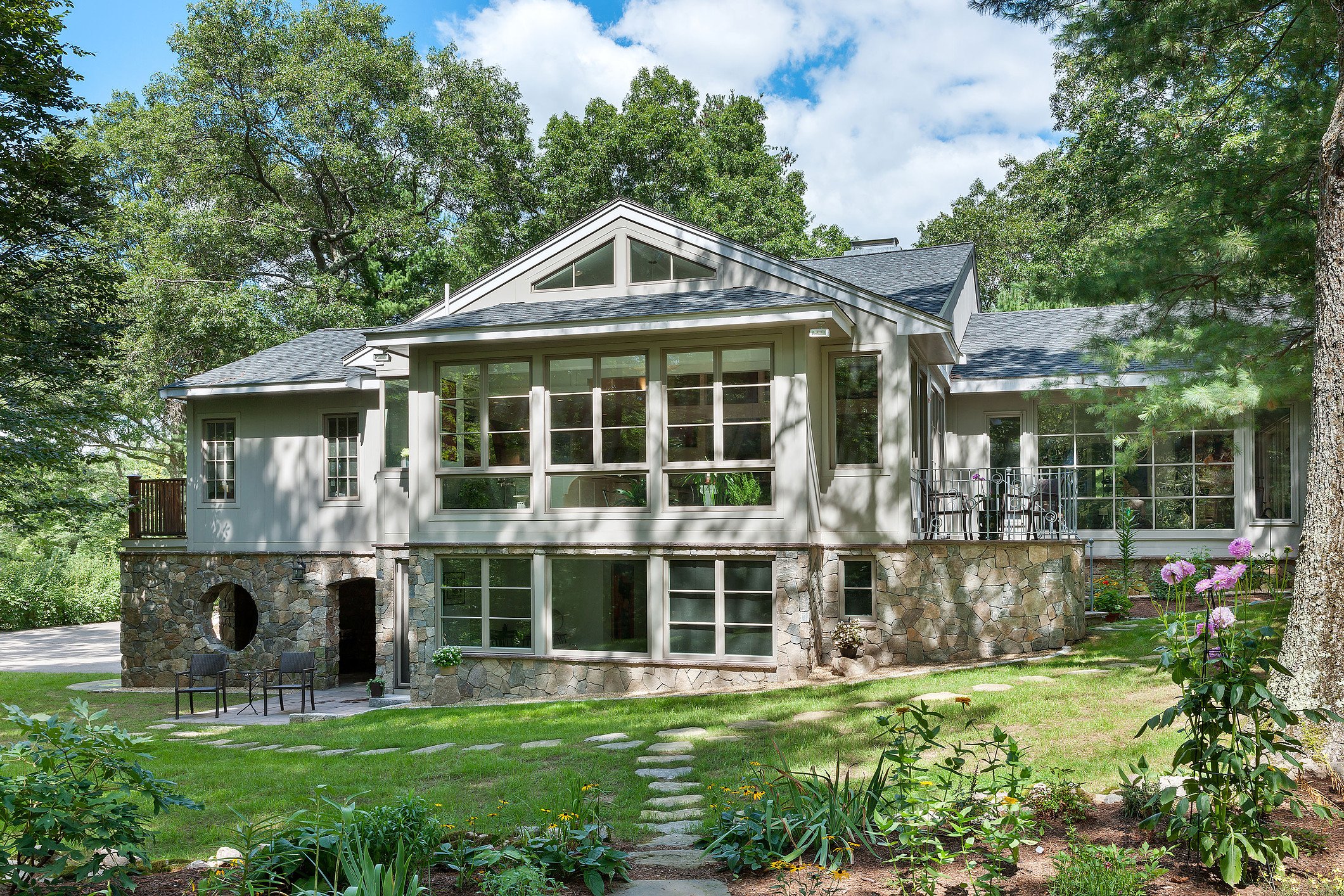
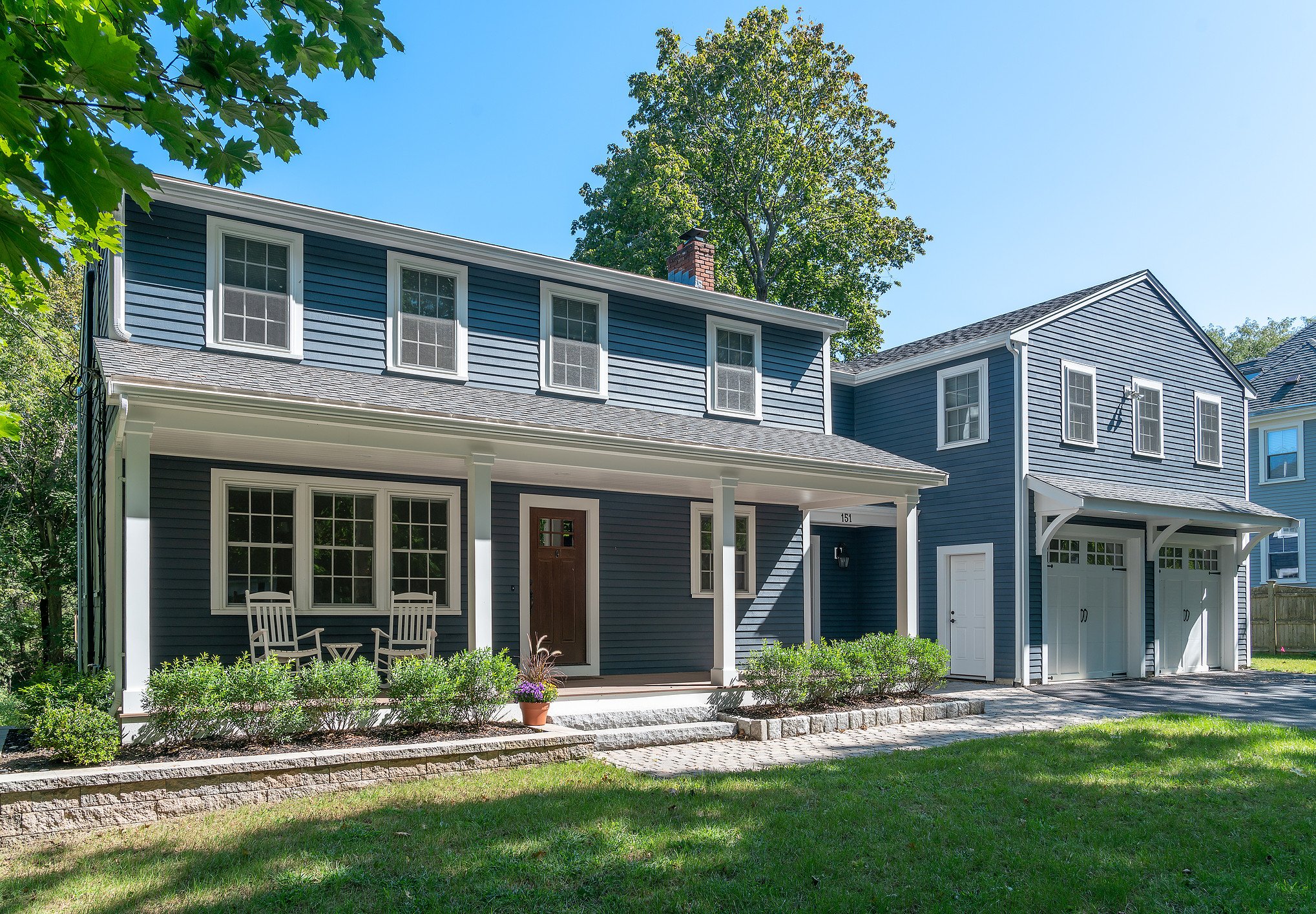
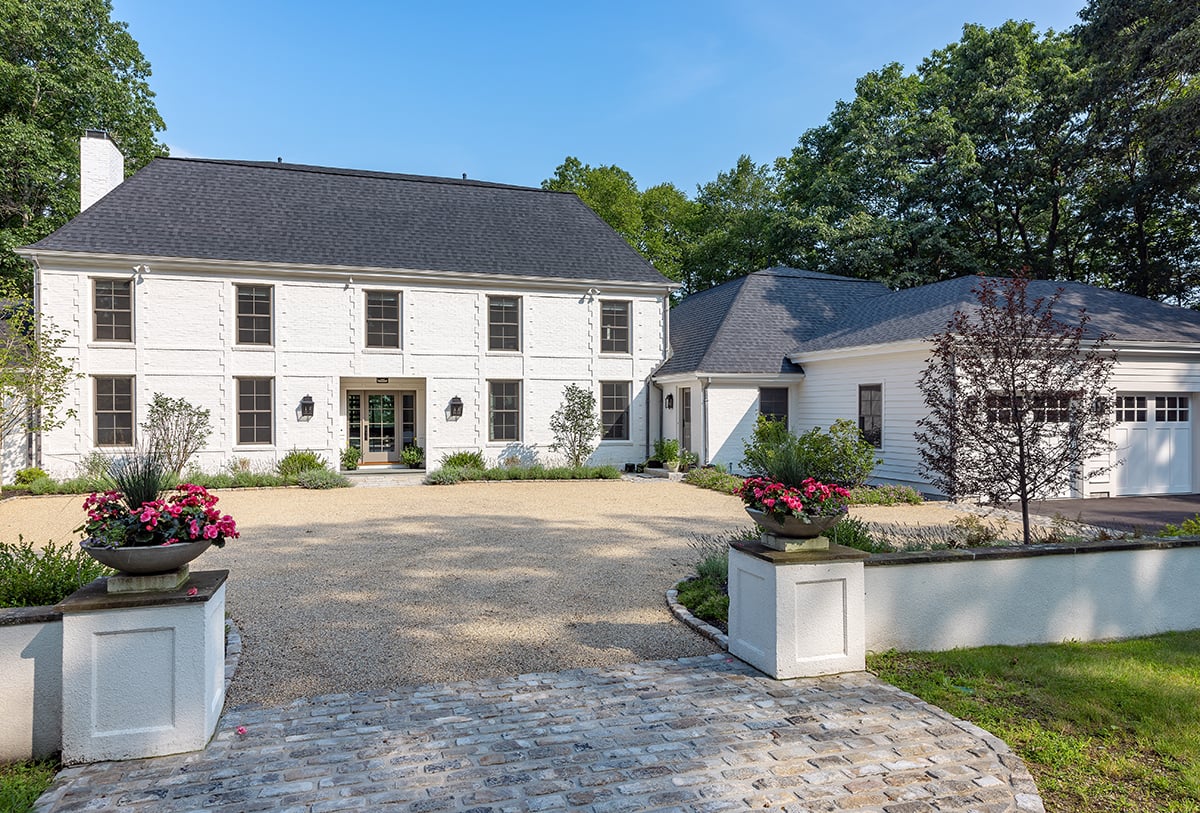
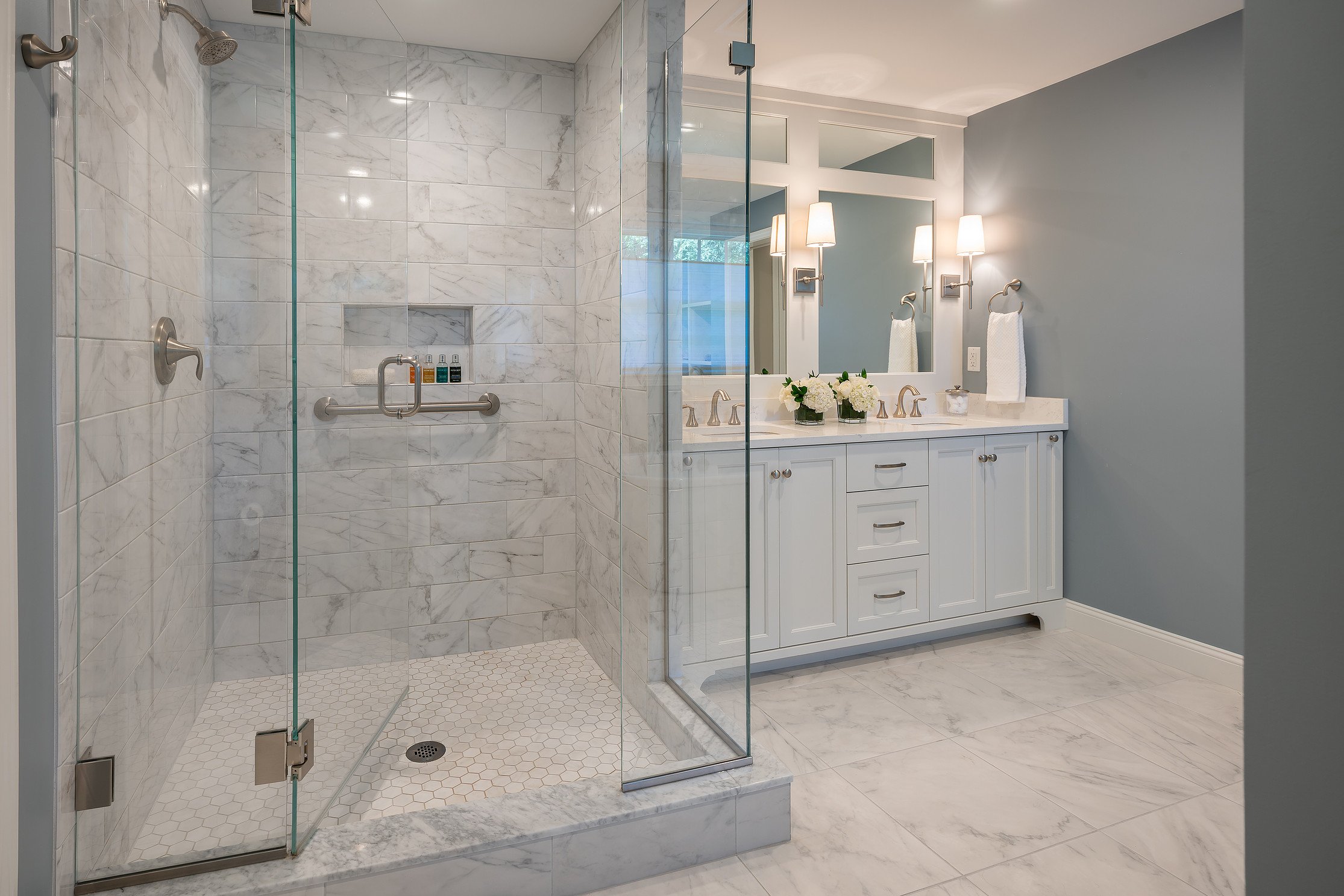
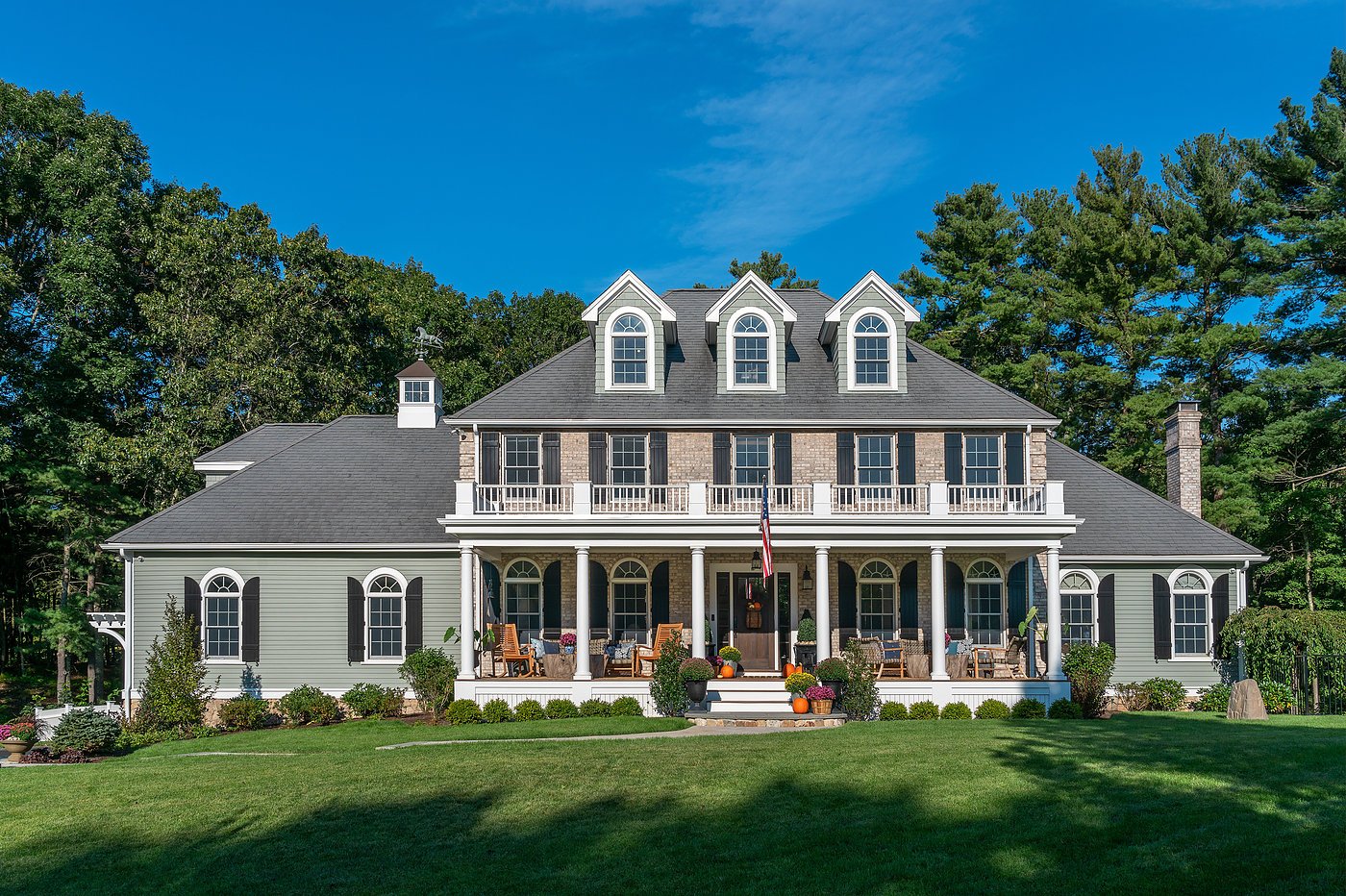
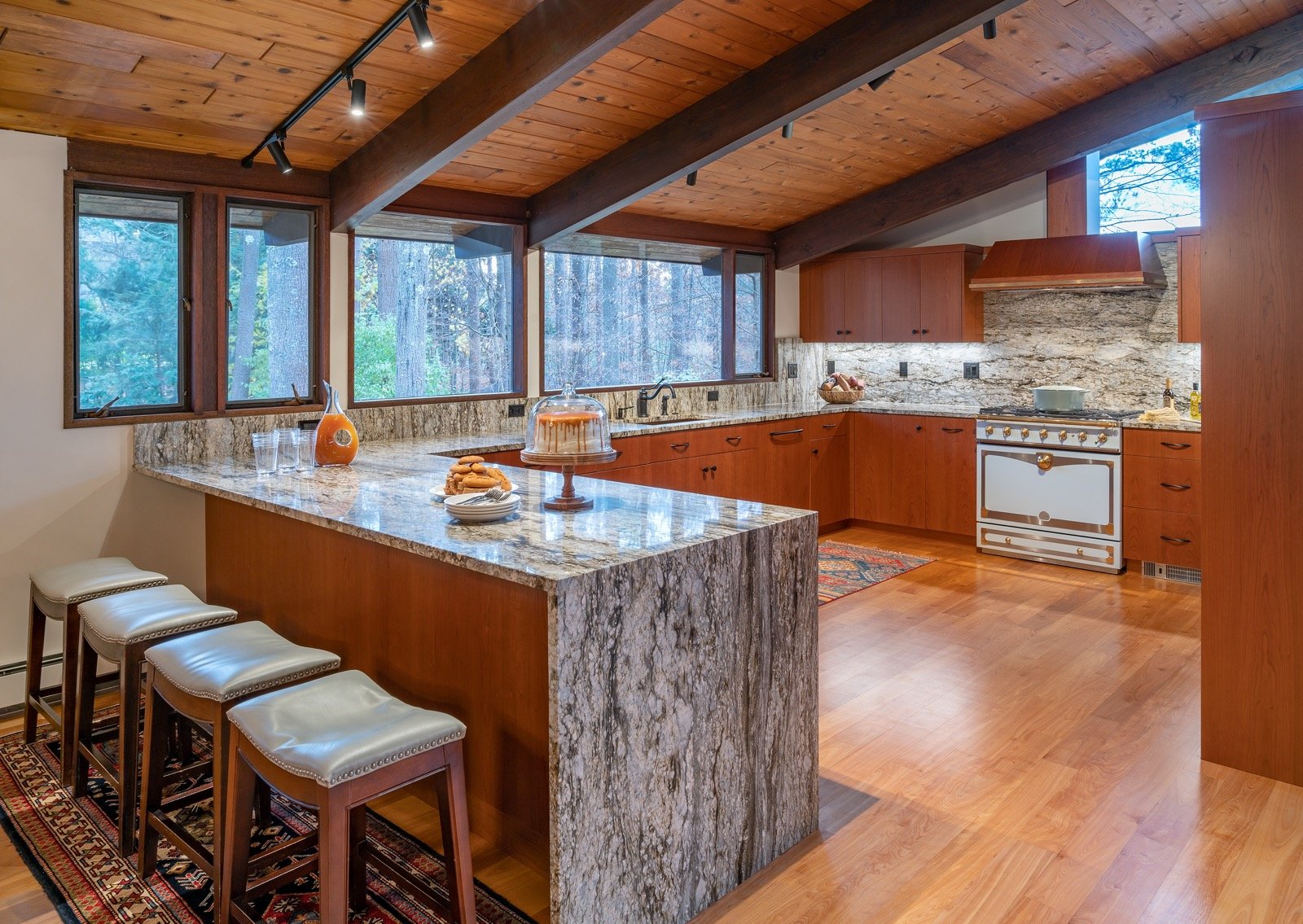
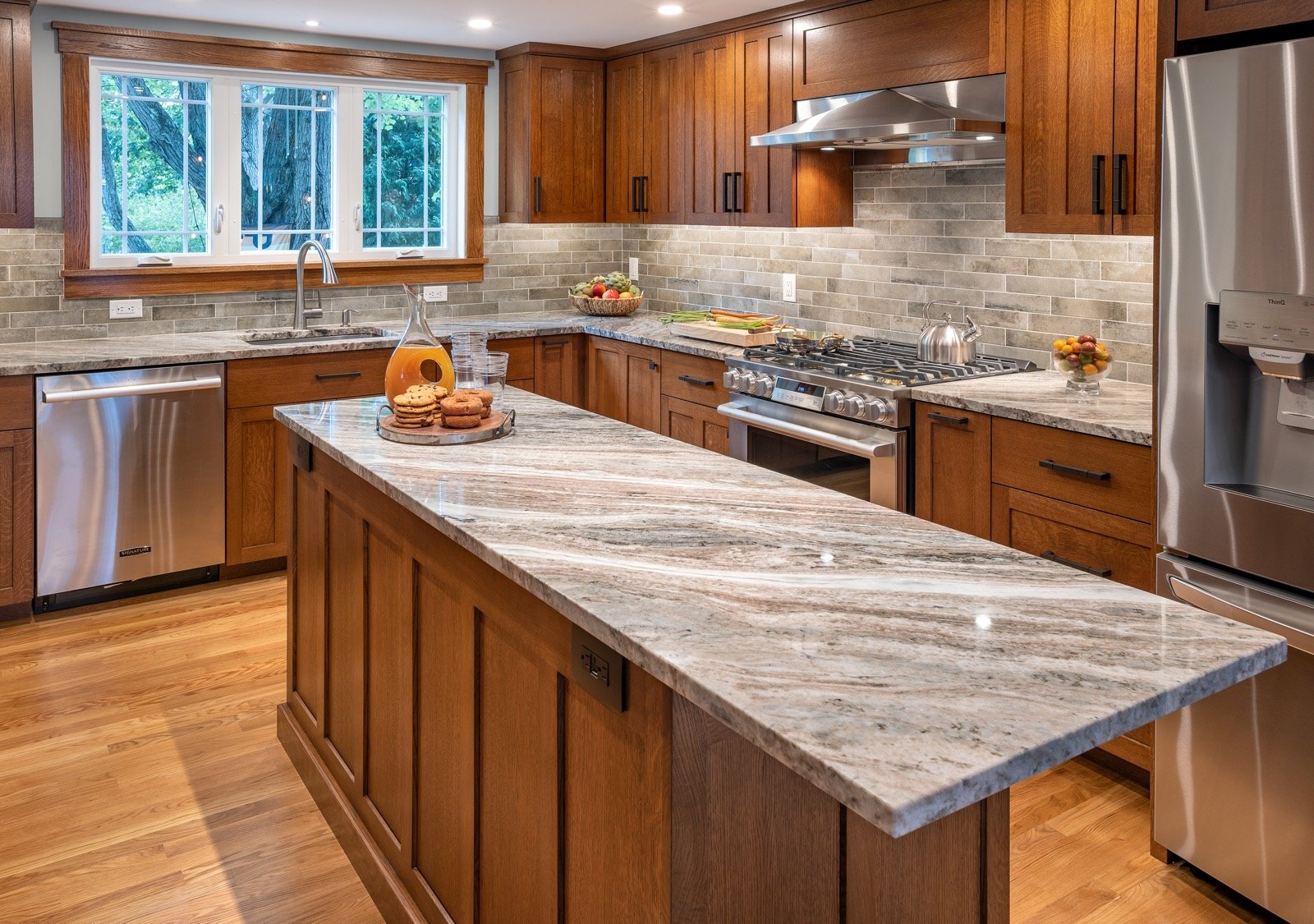
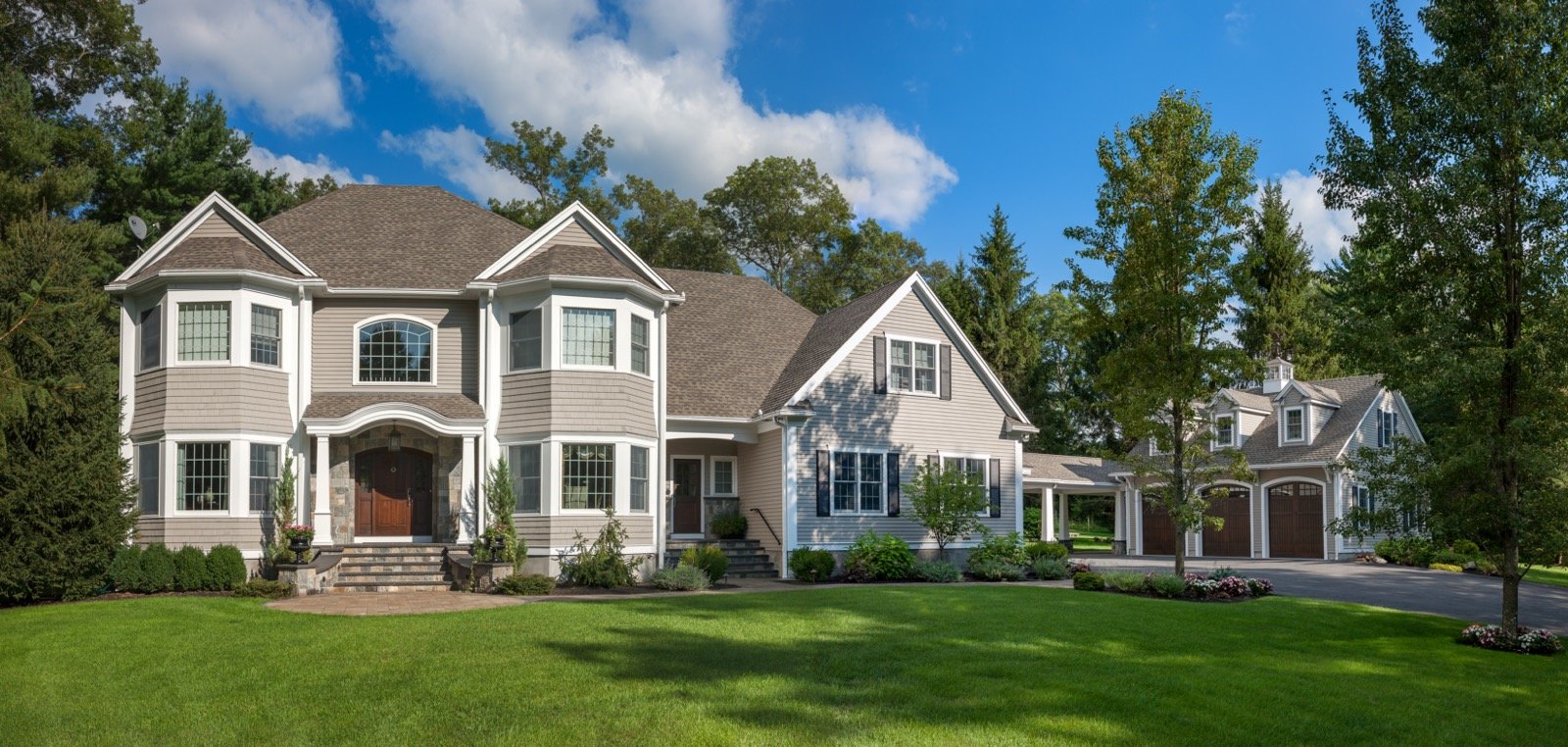
Leave a comment